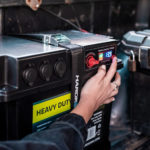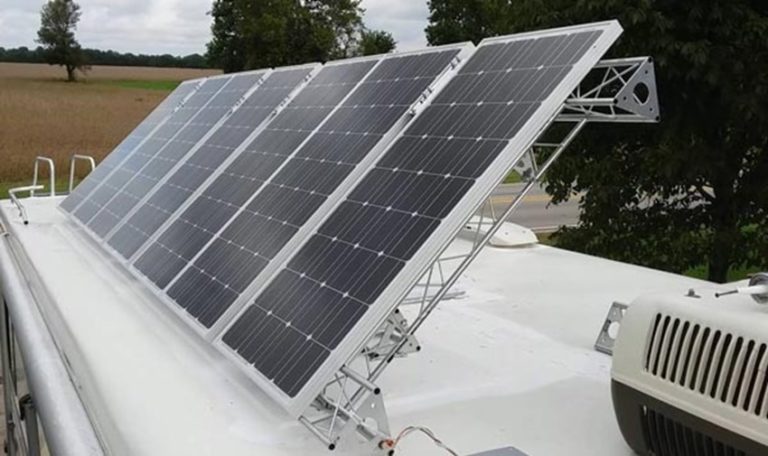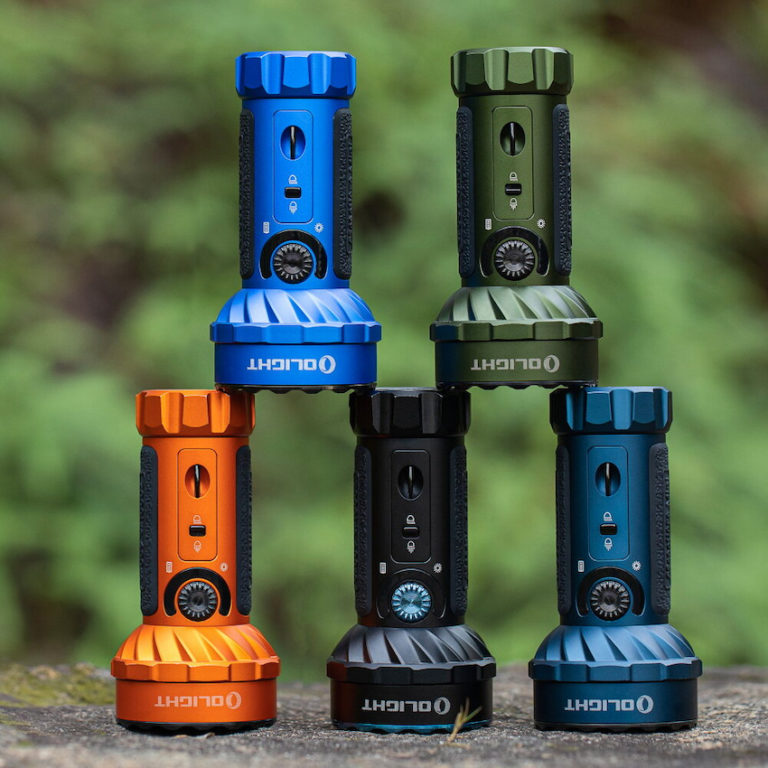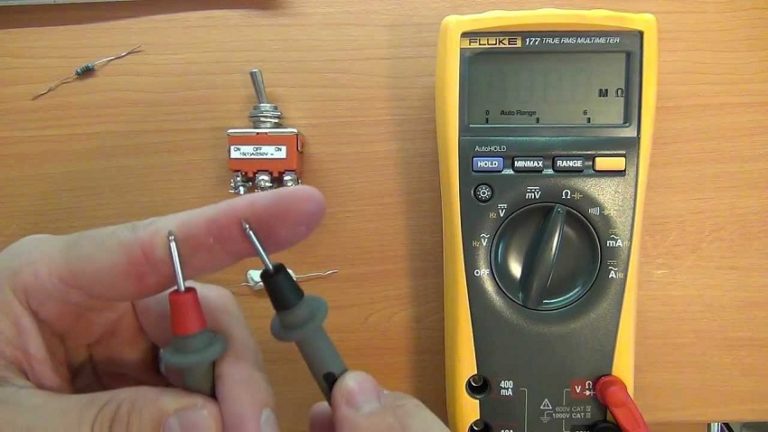In the dynamic world of energy storage and power supply, deep cycle batteries emerge as pivotal players. Unlike their conventional counterparts, designed for short-lived, high-intensity bursts of energy, deep cycle batteries are engineered for the long haul. They’re built to discharge most of their capacity over prolonged periods, making them ideal for applications that require a steady and reliable power source.
The Essence of Deep Cycle Batteries
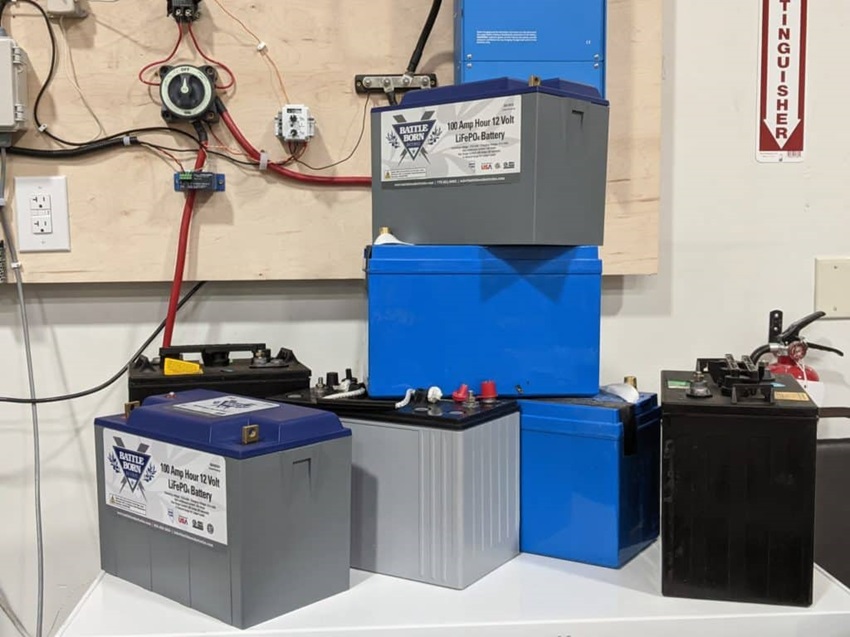
The defining trait of deep cycle batteries is their resilience. They can repeatedly discharge up to 80% of their stored energy without suffering damage, contrasting sharply with standard batteries, which may falter under such demands. This capability not only extends their lifespan but also ensures a consistent energy supply for heavy-duty operations—ranging from powering recreational vehicles to supporting solar installations and marine applications.
The Varieties of Deep Cycle Batteries: AGM, Lead-Acid, and Lithium
As we delve into the spectrum of deep cycle batteries, we uncover three primary types, each with distinct characteristics and suited to various applications.
AGM (Absorbent Glass Mat) Batteries
These batteries represent a modern take on the traditional lead-acid design. They feature a fibreglass mat soaked in electrolyte between the battery plates, which enhances their durability and makes them leak-proof. An AGM deep cycle battery is particularly valued for its maintenance-free nature and robustness, offering a reliable power source for off-grid systems, and marine, and RV use.
Lead-Acid Batteries
The oldest form of rechargeable battery, lead-acid units, are widely recognized for their cost-effectiveness and availability. They’re a staple in backup power systems and off-grid energy solutions. However, they require regular maintenance, including water top-ups and ensuring proper charging, to avoid shortened lifespans due to over-discharge.
Lithium Batteries
At the forefront of battery technology, lithium variants stand out for their efficiency, long life, and lightweight design. They offer a higher upfront cost but compensate with more energy cycles and quicker recharge times, making them increasingly popular in high-end marine, RV, and solar power setups.
Advantages and Drawbacks: A Comparative Overview
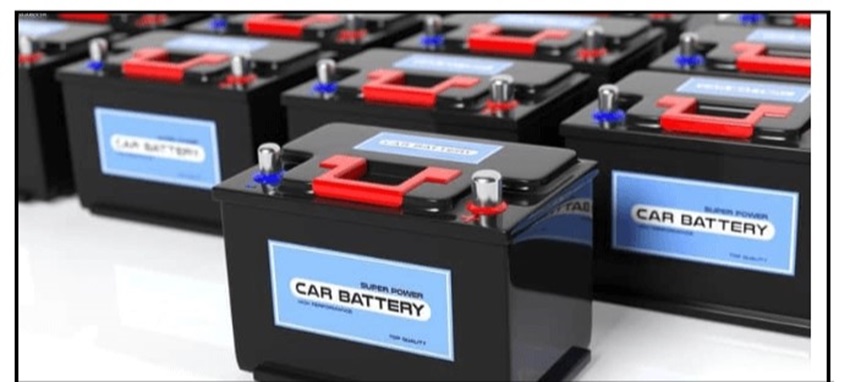
Each type of deep cycle battery brings its set of benefits and considerations, making the selection process crucial based on your specific needs.
AGM Batteries: The allure of a deep cycle AGM battery lies in its low maintenance and spill-proof construction, suited for rugged environments. However, the premium they command over traditional lead-acid batteries may deter budget-conscious users.
Lead-Acid Batteries: Their affordability and wide accessibility make lead-acid batteries a go-to for many. Yet, the demand for regular upkeep and vulnerability to deep discharge damages are significant drawbacks.
Lithium Batteries: Lithium’s appeal is in its unparalleled performance and longevity, offering a lighter, more efficient option. The initial investment is higher, but for those prioritizing efficiency and durability, lithium batteries deliver compelling long-term value.
Making the Right Choice
The journey to selecting the ideal deep cycle battery—be it AGM, lead-acid, or lithium—begins with understanding your specific application’s demands. Whether it’s for a solar energy system, a marine vessel, or an RV, factors such as budget, maintenance capacity, and energy requirements play critical roles in your decision.
For those embarking on adventures where reliability and efficiency are paramount, exploring the unique advantages of each battery type is the first step towards a powered and uninterrupted experience. AGM batteries offer a blend of performance and convenience, lead-acid batteries appeal to budget-conscious setups, and lithium batteries are the choice for cutting-edge efficiency and longevity.
Conclusion
Deep cycle batteries stand as the backbone of numerous applications, providing the power and reliability needed for a wide range of operations. From the rugged durability of AGM batteries to the cost-effectiveness of lead-acid and the advanced technology of lithium batteries, there’s a solution for every need.
Choosing the right battery is a matter of matching your requirements with the features each type offers. As you consider your options, remember that the best choice is one that not only meets your current needs but also anticipates your future demands. With the right deep cycle battery, you can unlock the full potential of your energy system, ensuring a seamless supply of power for all your adventures and projects.
Whether you’re charting a course across the ocean, exploring the wilderness in your RV, or harnessing the sun’s power, the journey towards efficient and reliable energy storage is well within reach. Delve into the world of deep cycle batteries and embark on a path powered by innovation, durability, and sustainability.

